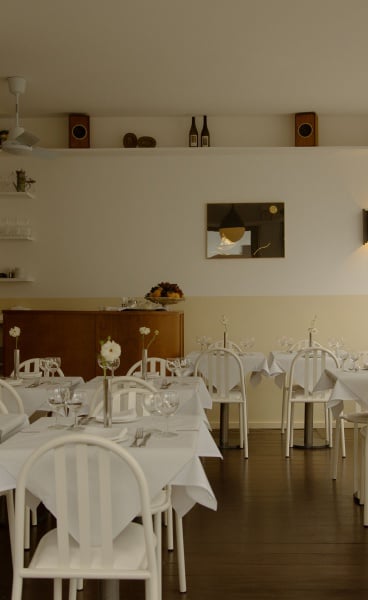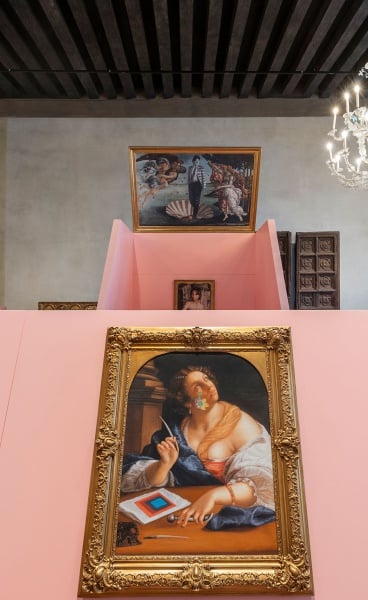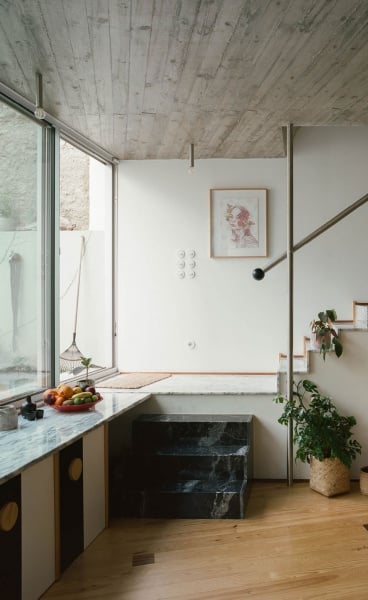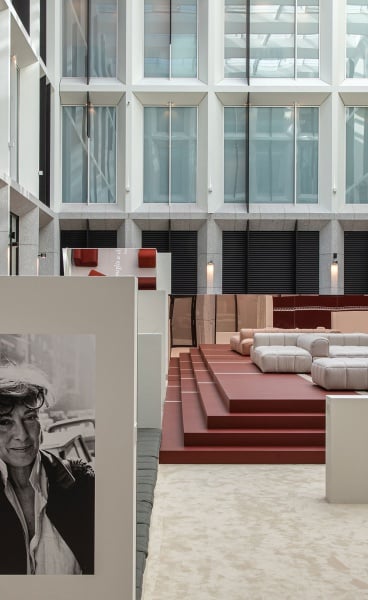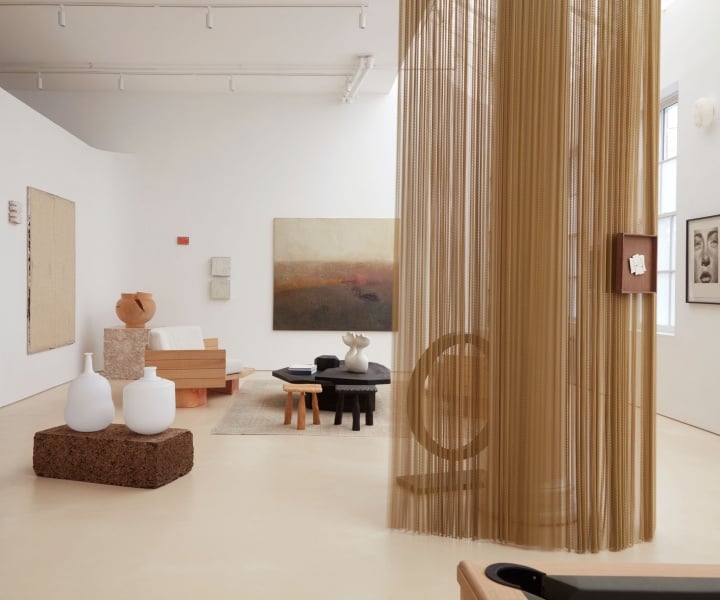| Detailed Information | |||||
|---|---|---|---|---|---|
| Project Name | Rome in Infrared | Posted in | Photography | Photographer | Milán Rácmolnár |
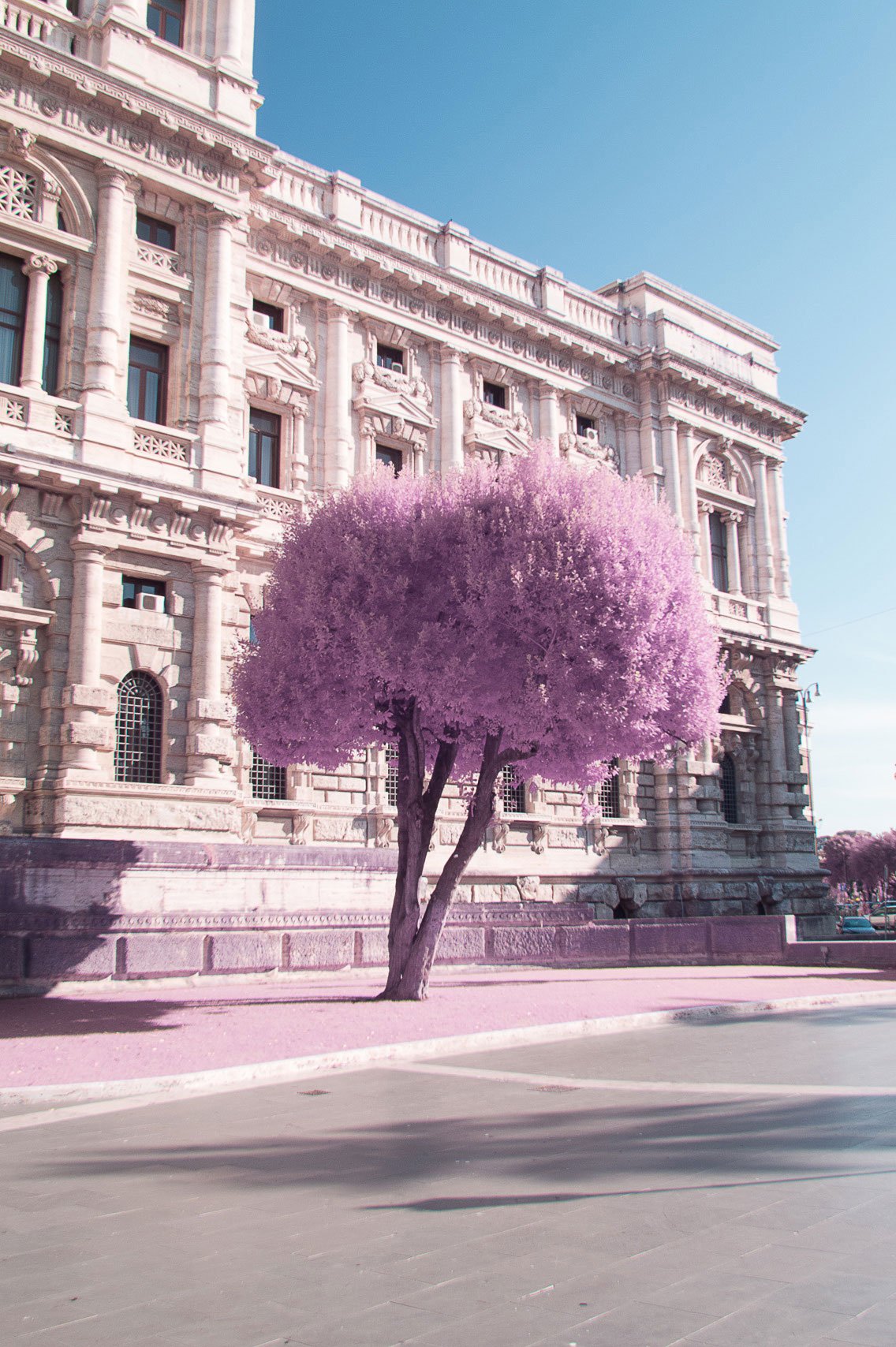
Photo © Milán Rácmolnár.
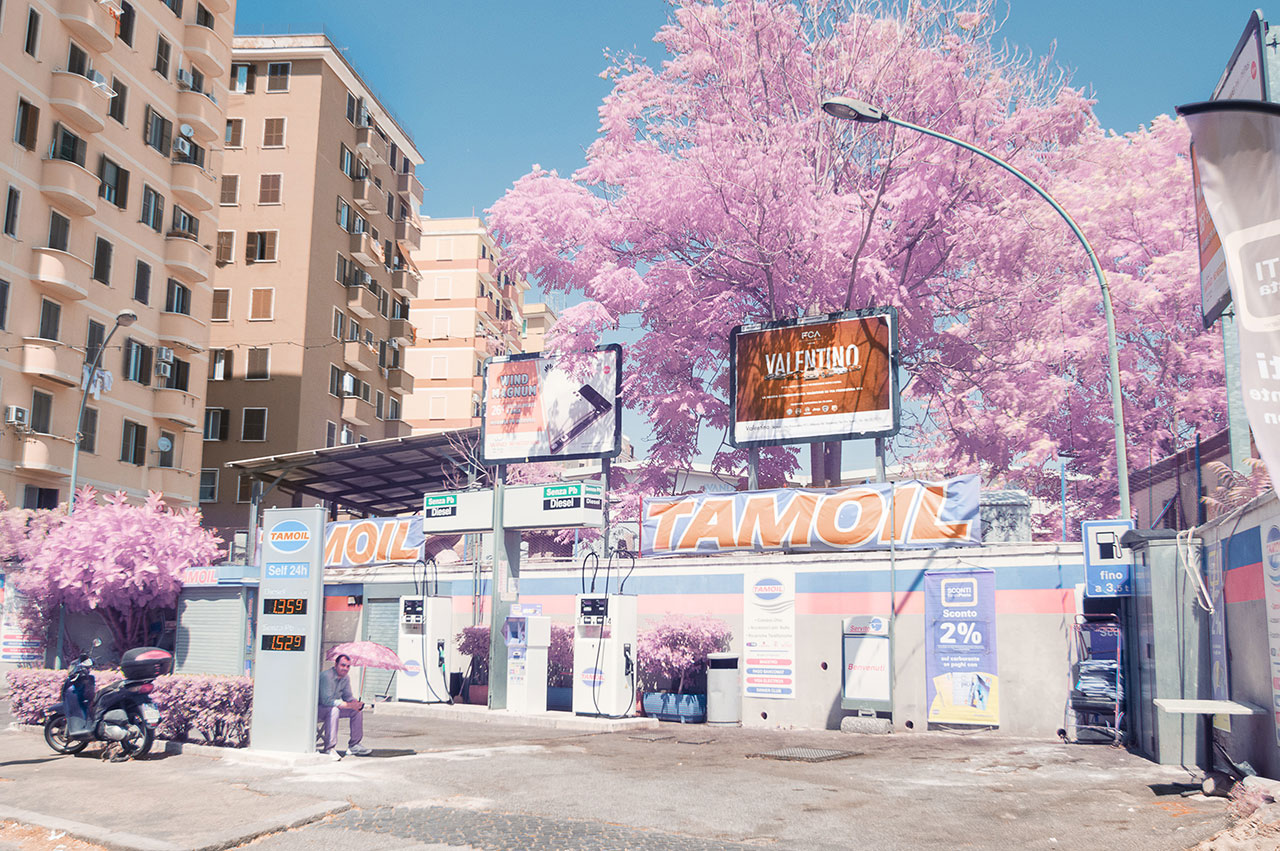
Photo © Milán Rácmolnár.
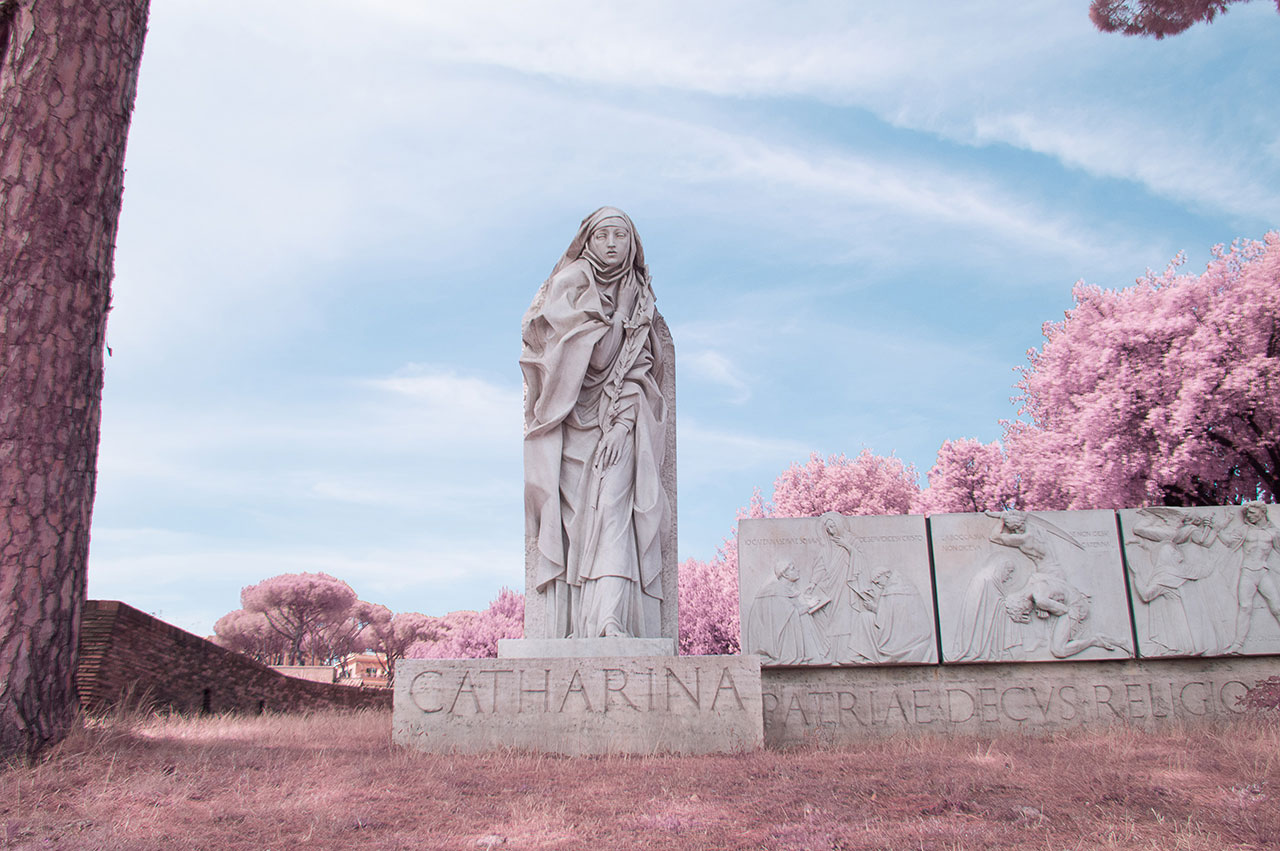
Photo © Milán Rácmolnár.
Rácmolnár eschews formalistic rules of cityscape composition, such as establishing symmetry or clear focal points, for a more spontaneous-looking aesthetic, often “haphazardly” cropping buildings, using unorthodox camera angles and incorporating intruding passersby. It’s as if the pictures were taken by an enthralled tourist on the go that can’t get enough of the city. By capturing both world-famous landmarks such as the Colosseum, the Trevi Fountain and St. Peter's Square, as well as some of the city’s less glamorous sights such as a bus stop, an out of service carousel and a gas station, with the same fervour, Rácmolnár succeeds in evoking this unique sense of wonder that Rome bestows on its visitors through his photographs. But more than this, with their unique lopsided aesthetic of unfamiliar familiarity, they also reflect Rome’s multilayered identity, a palimpsest of almost three millennia of history, rendering the invisible visible through the looking glass.
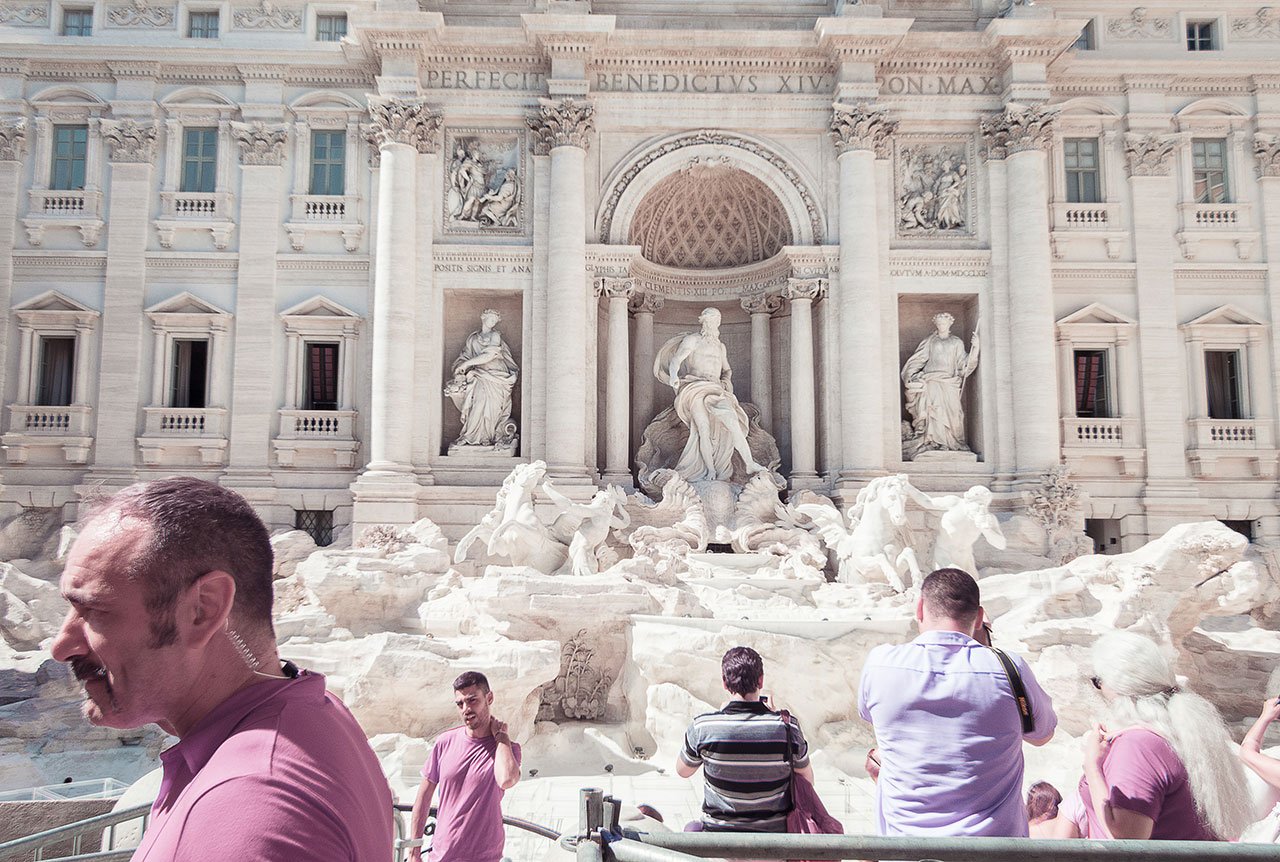
Photo © Milán Rácmolnár.
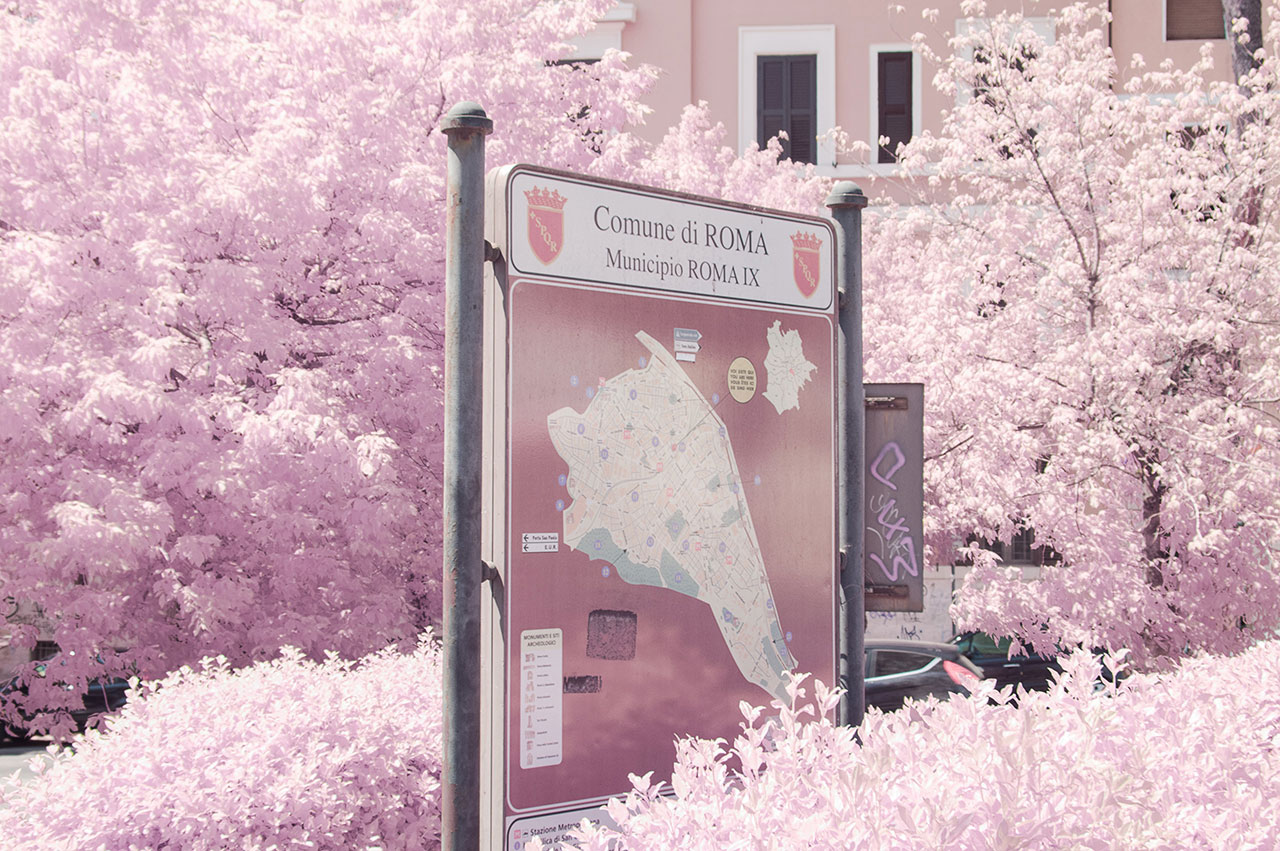
Photo © Milán Rácmolnár.

Photo © Milán Rácmolnár.

Photo © Milán Rácmolnár.
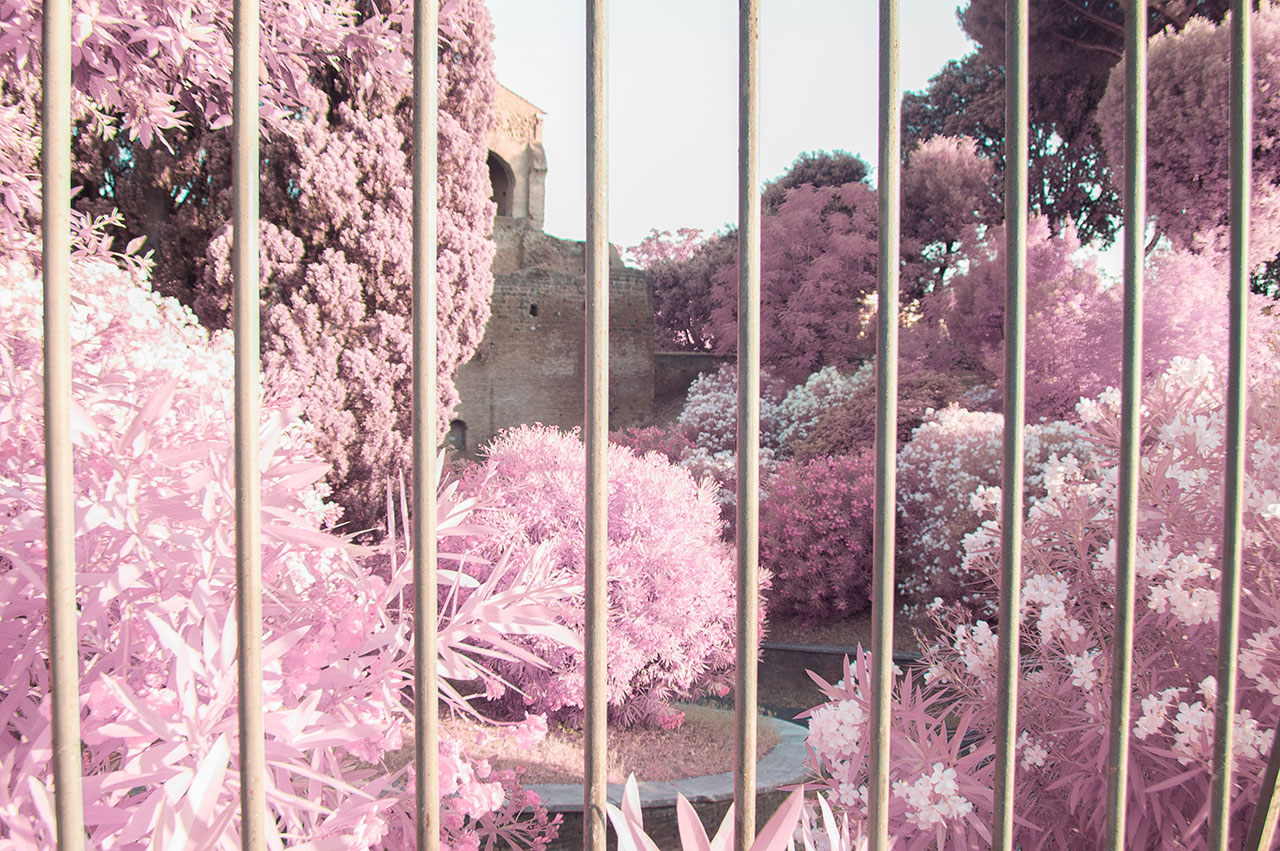
Photo © Milán Rácmolnár.
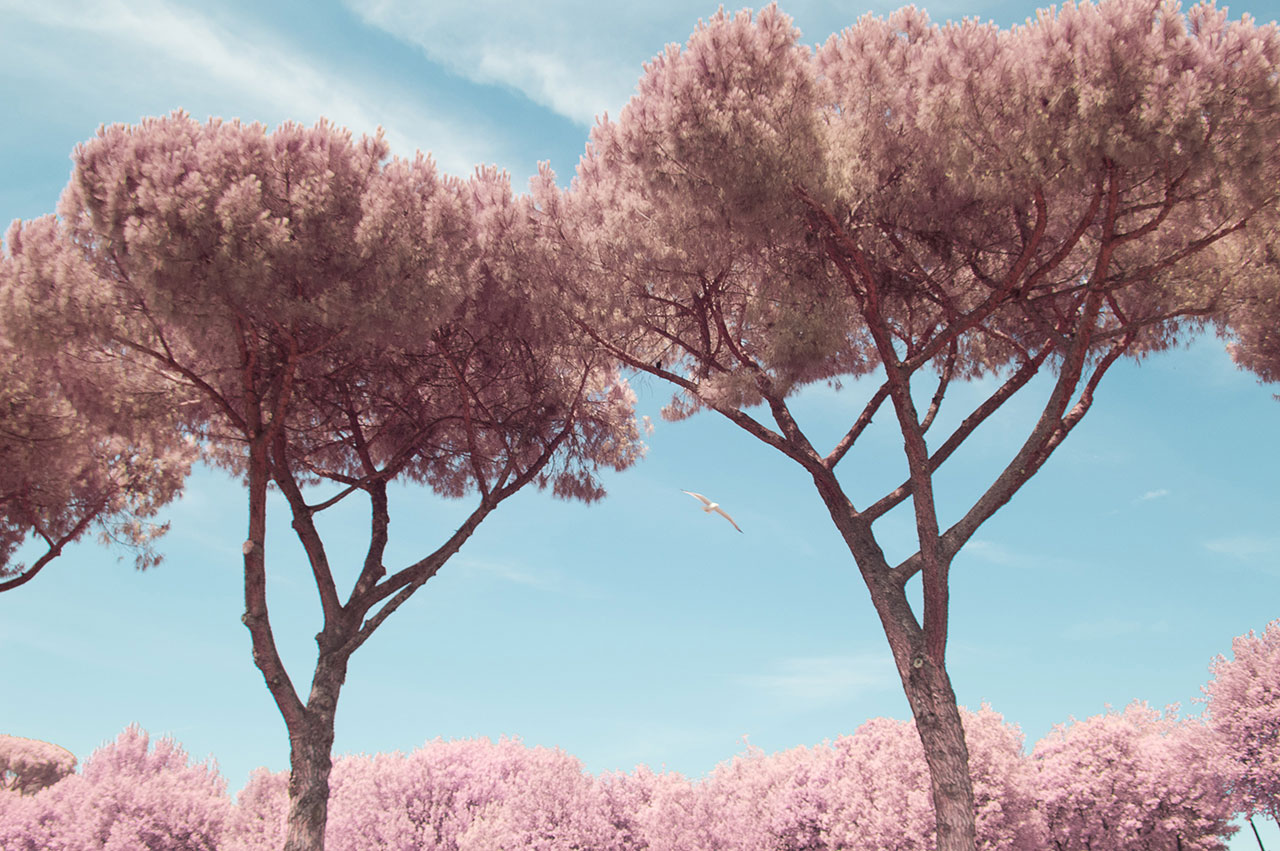
Photo © Milán Rácmolnár.

Photo © Milán Rácmolnár.
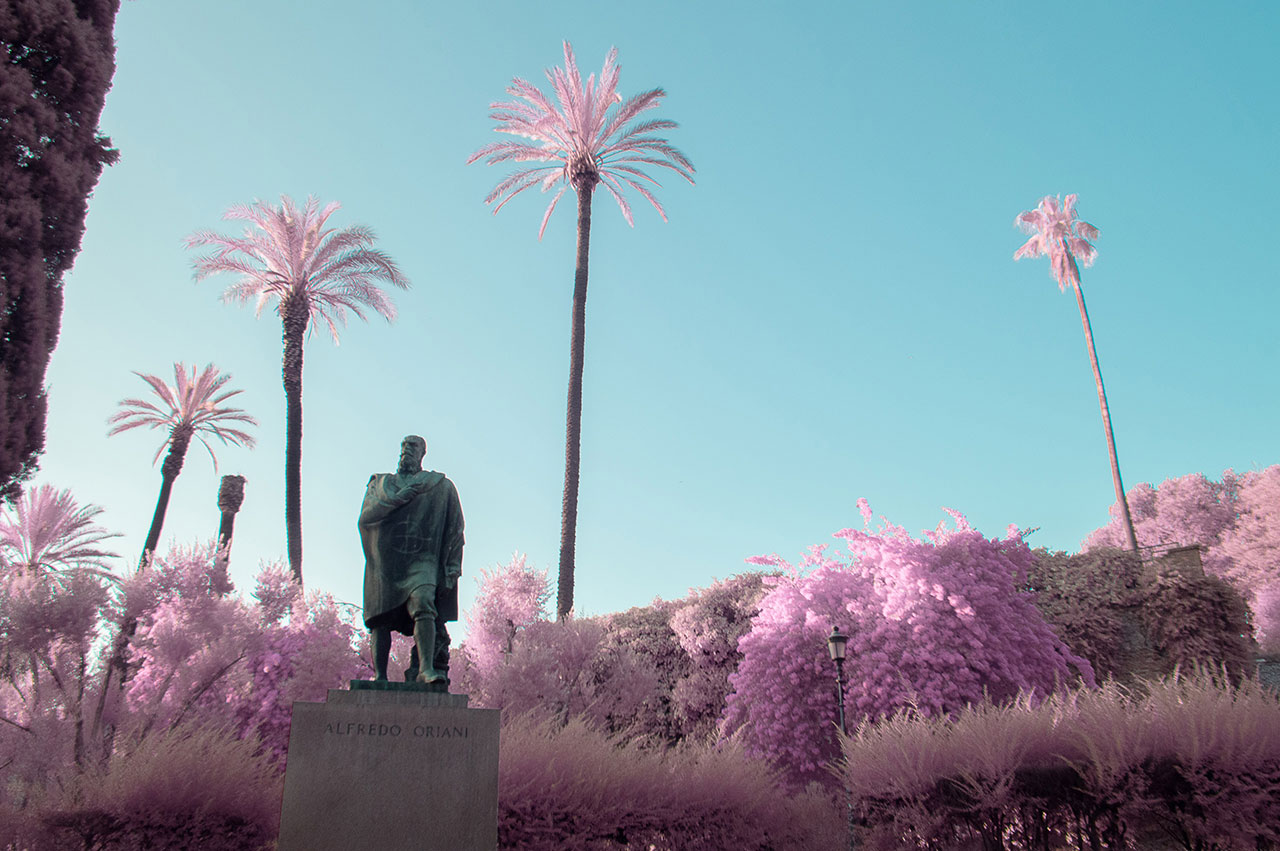
Photo © Milán Rácmolnár.
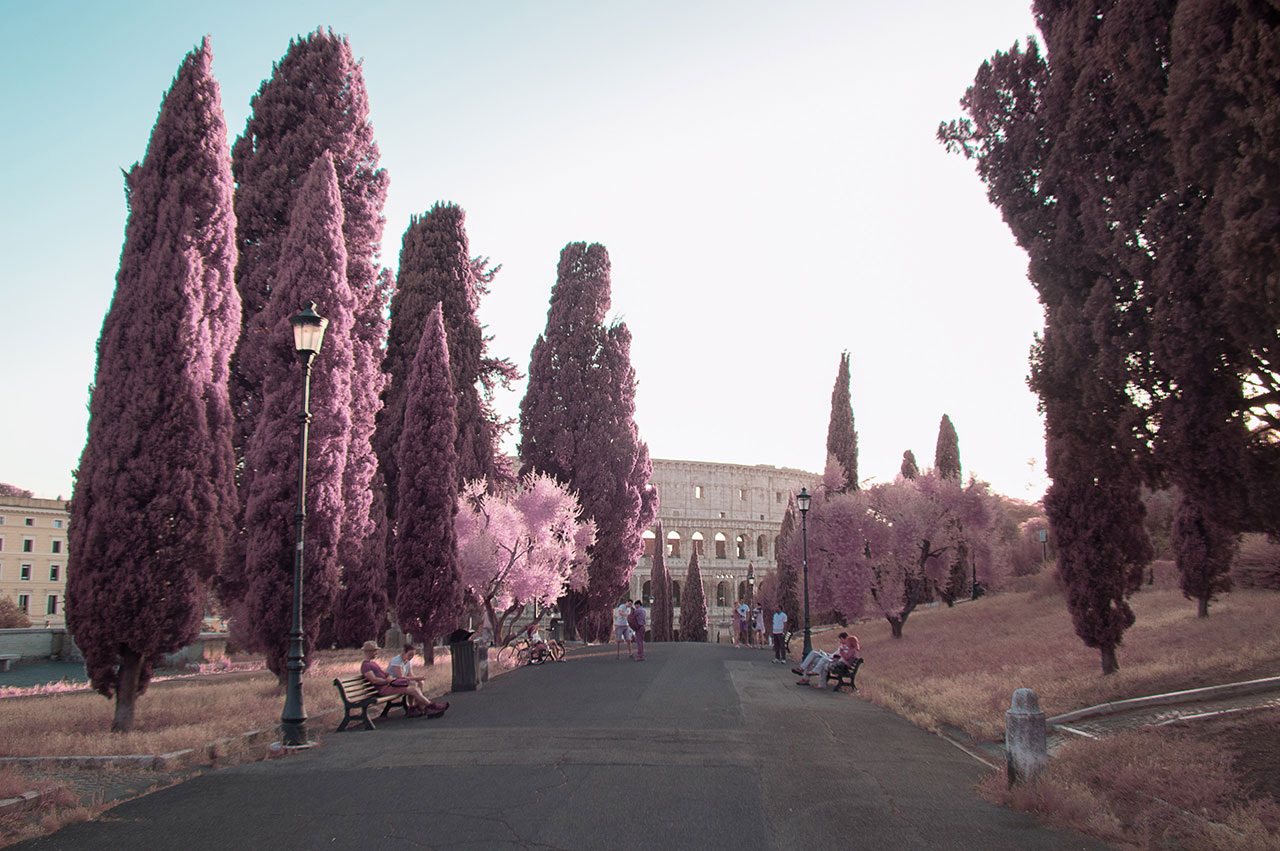
Photo © Milán Rácmolnár.
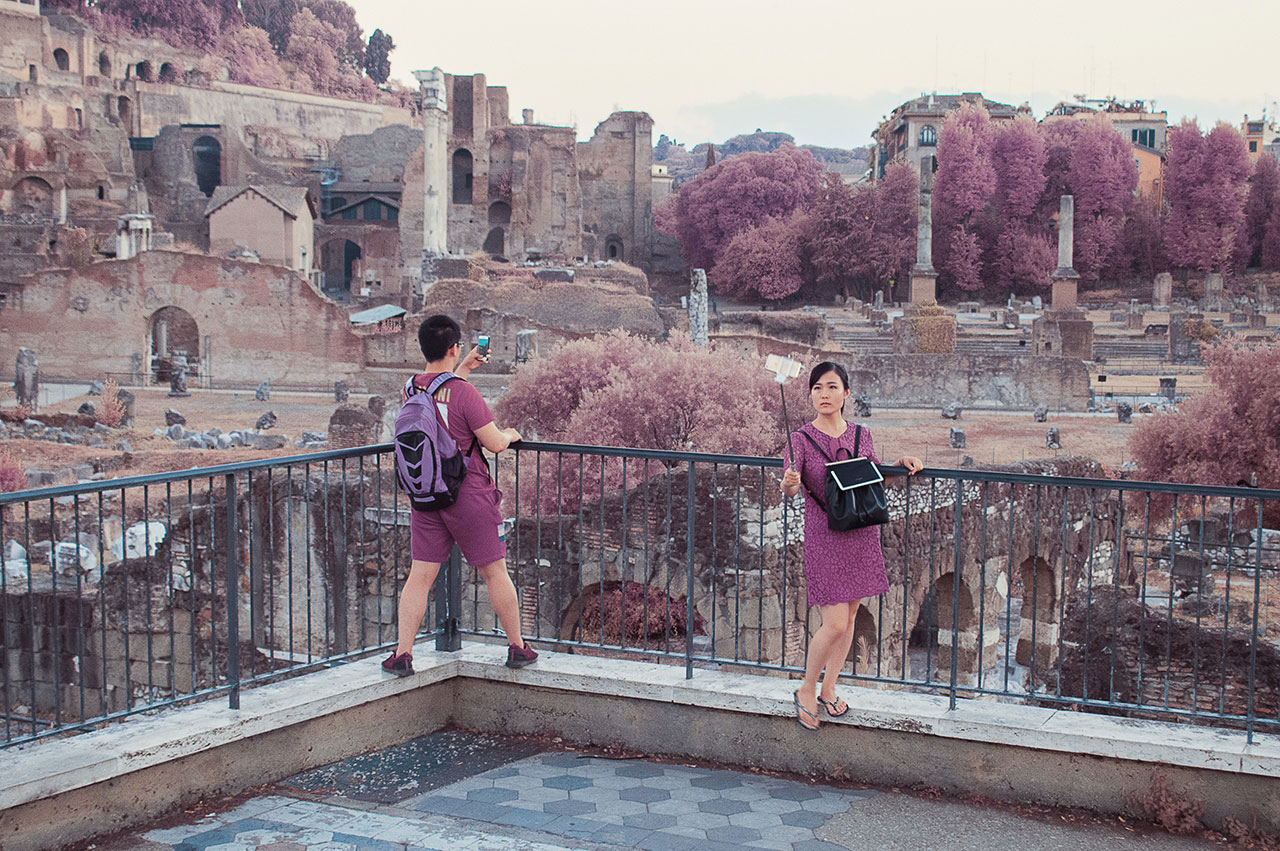
Photo © Milán Rácmolnár.

Photo © Milán Rácmolnár.
